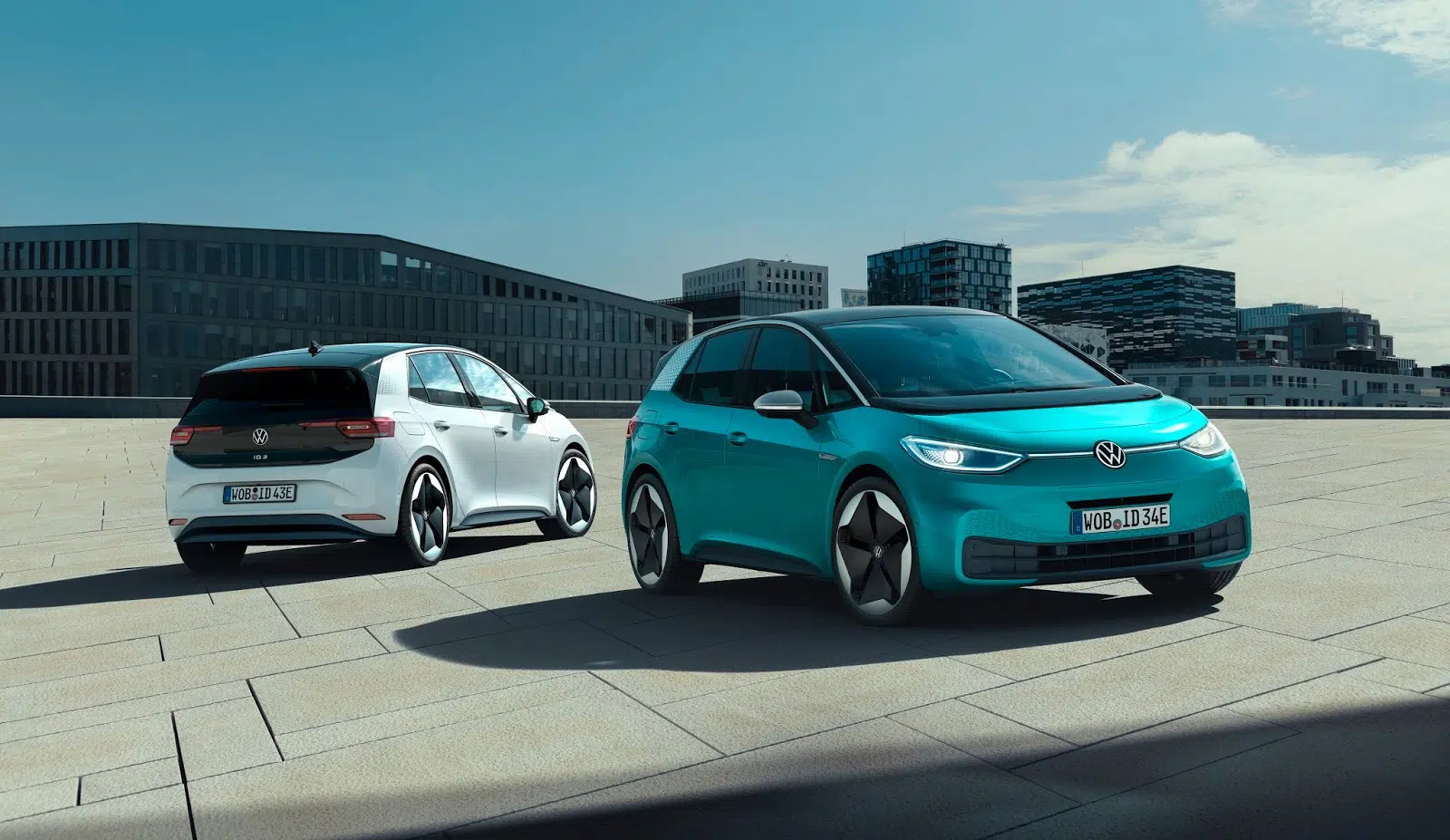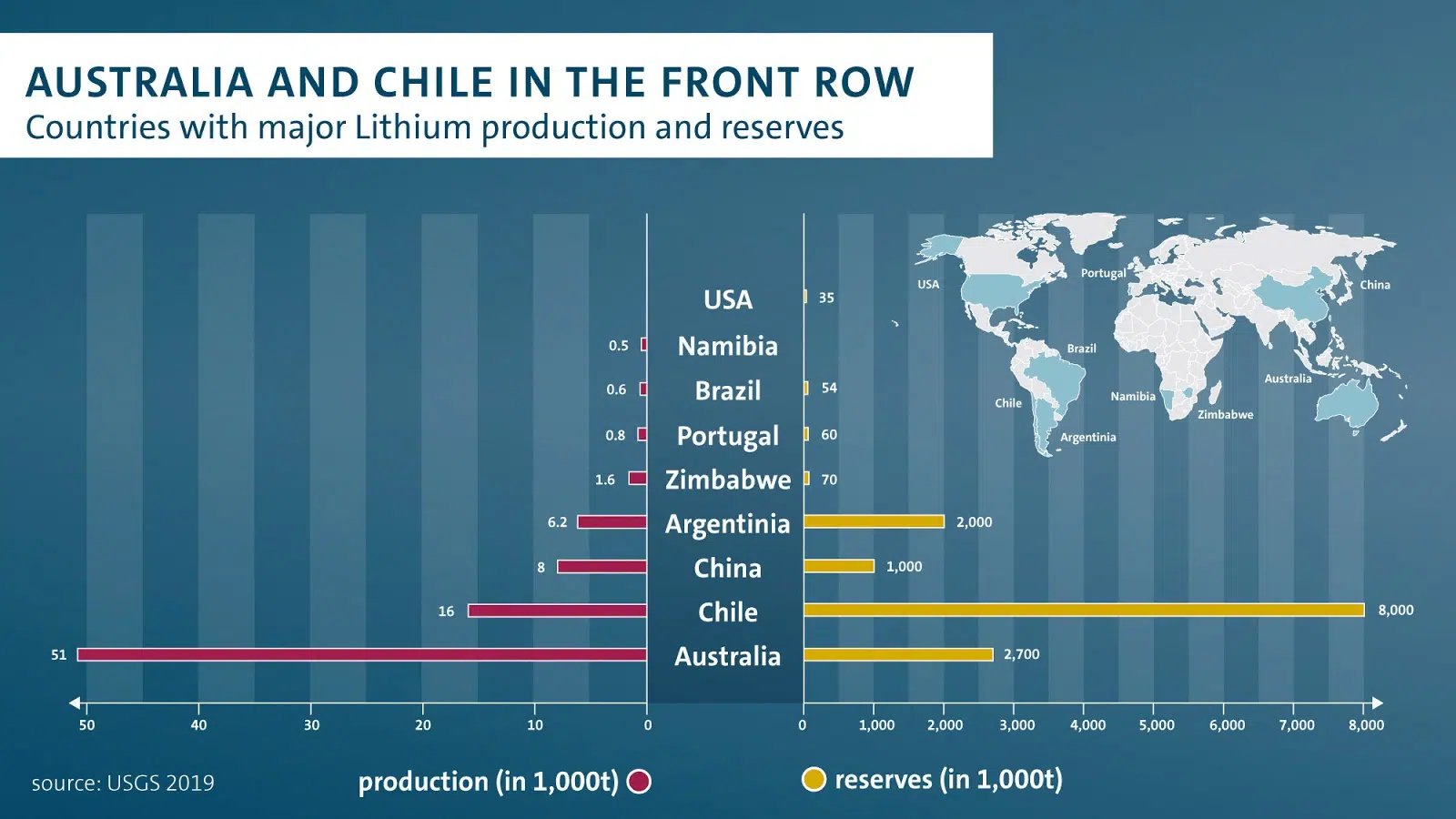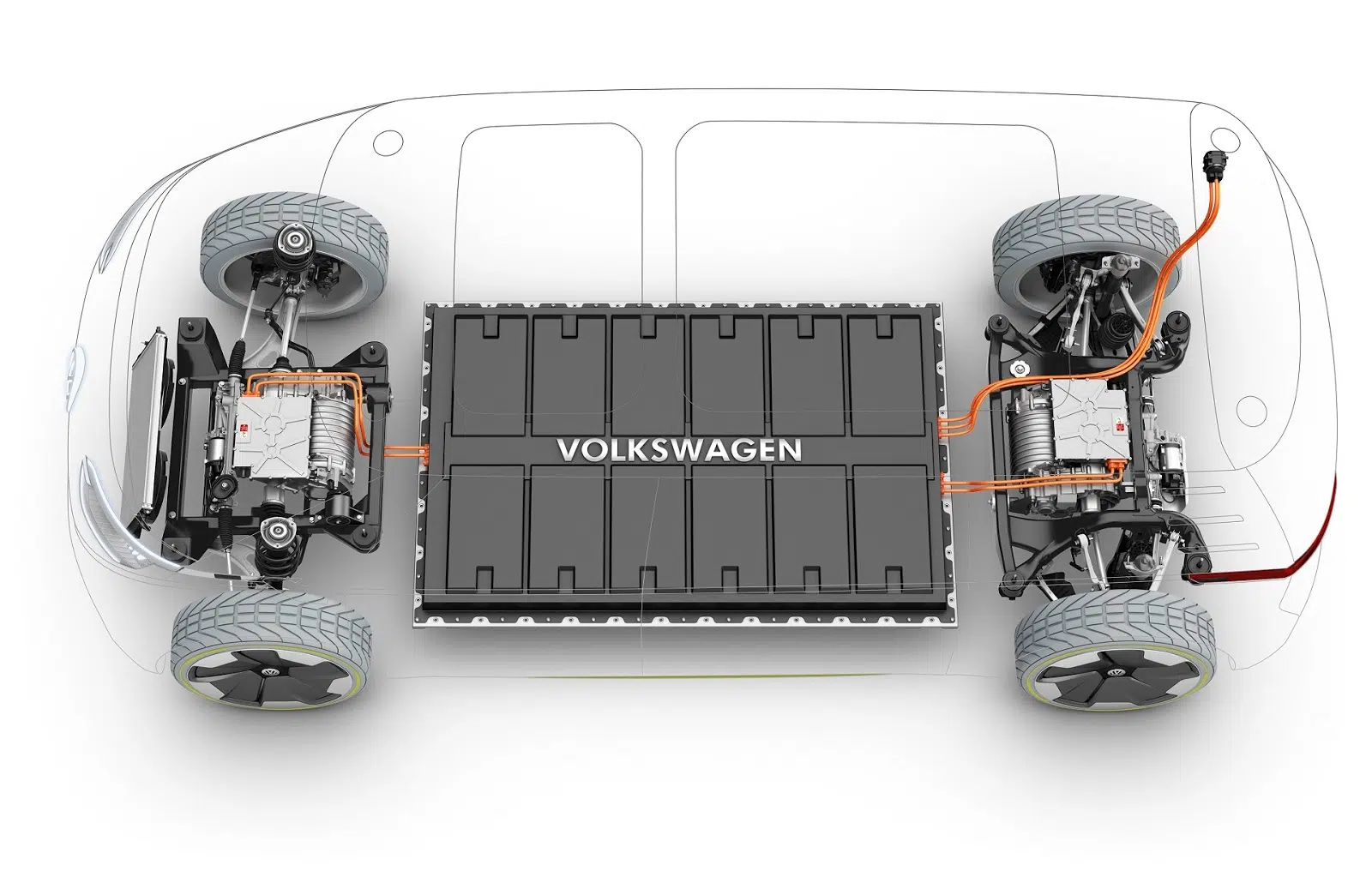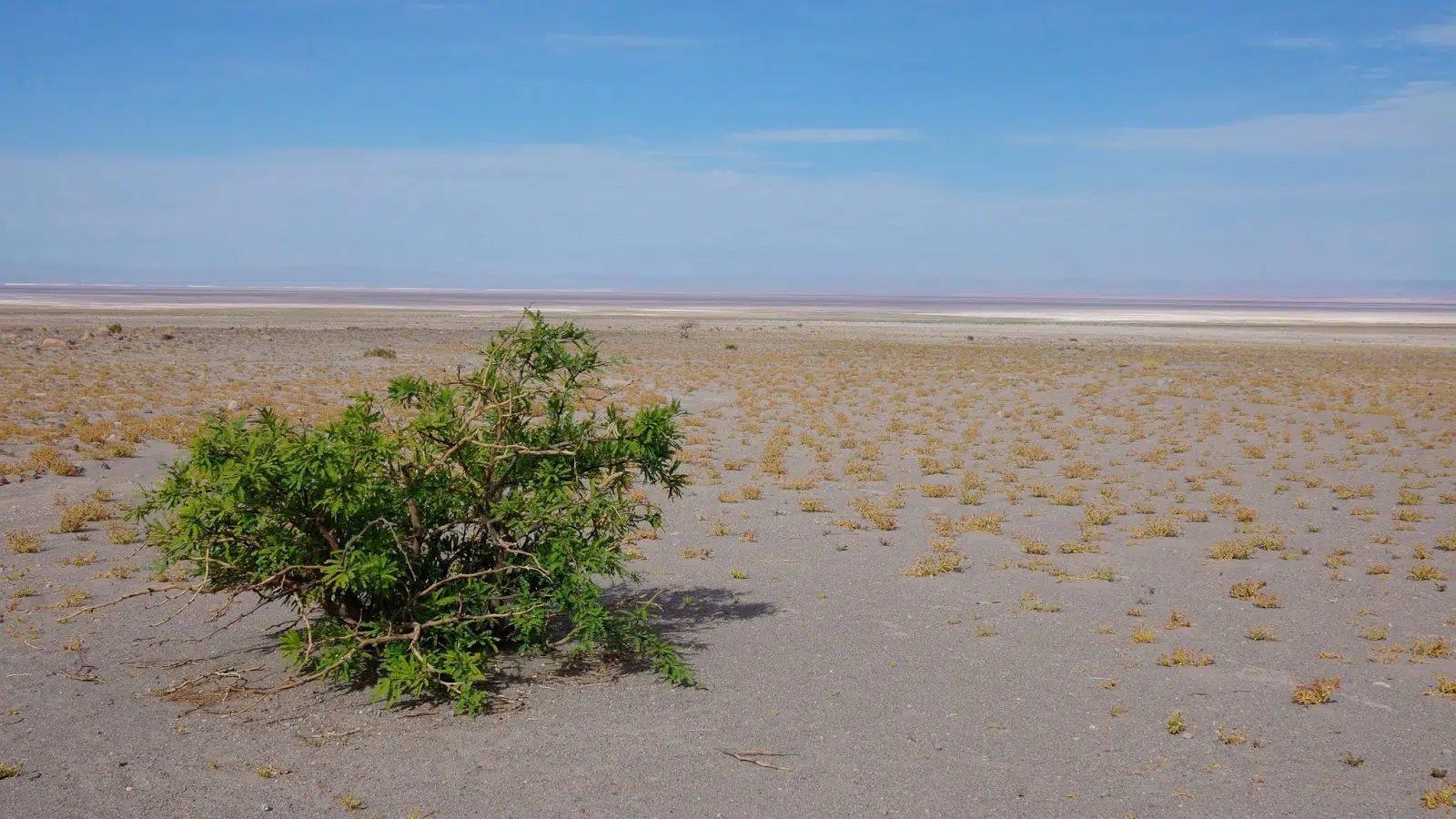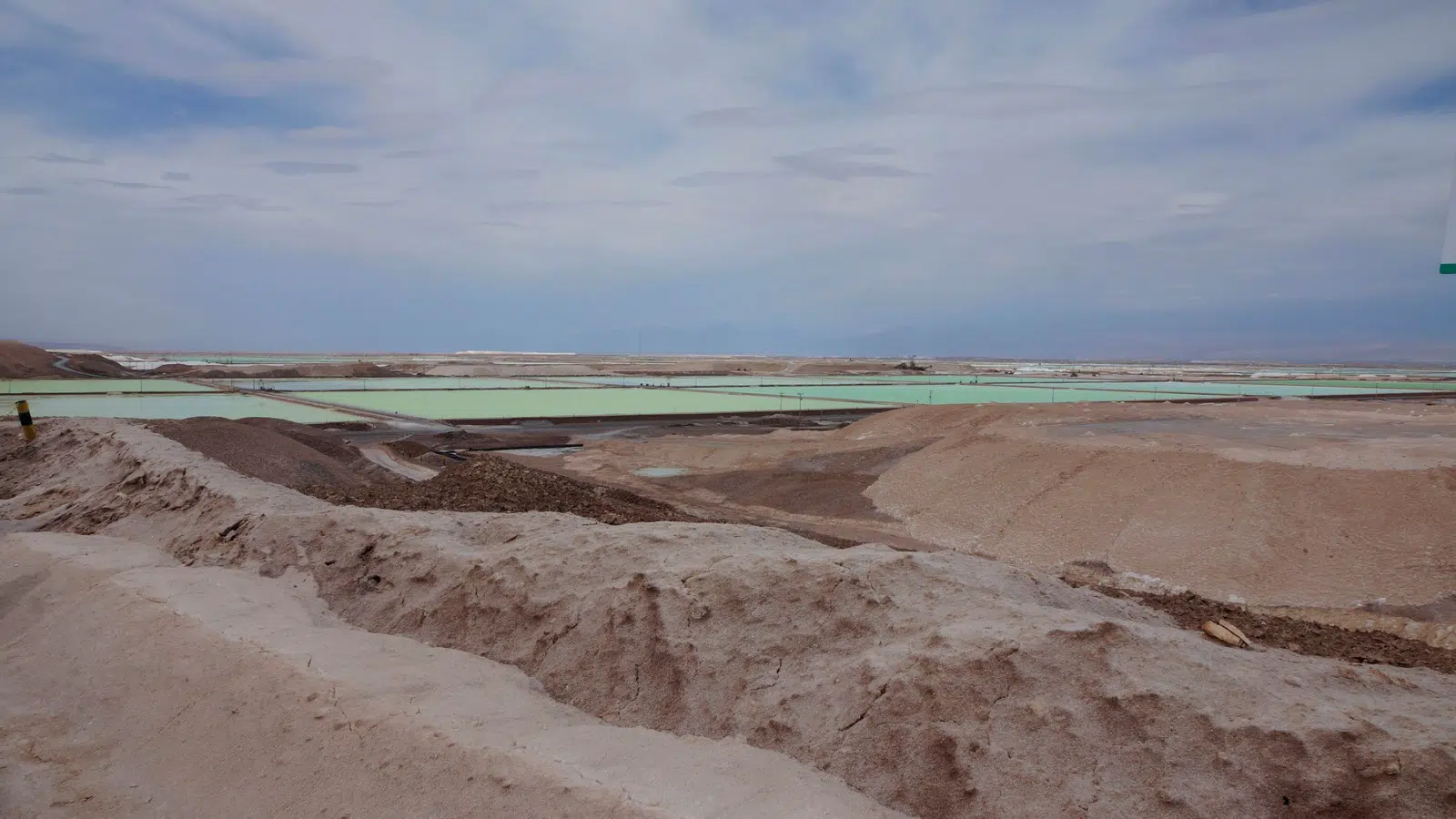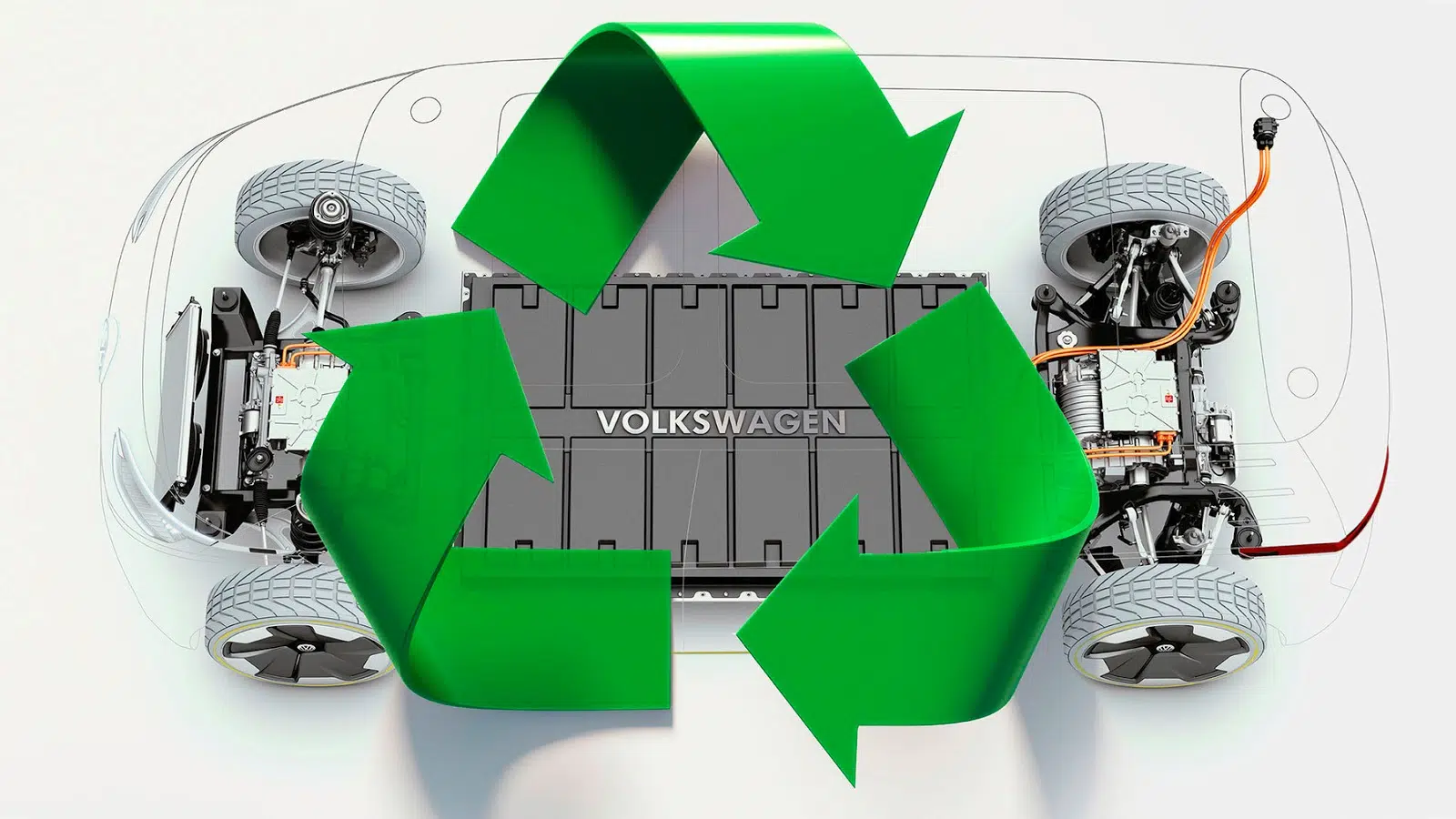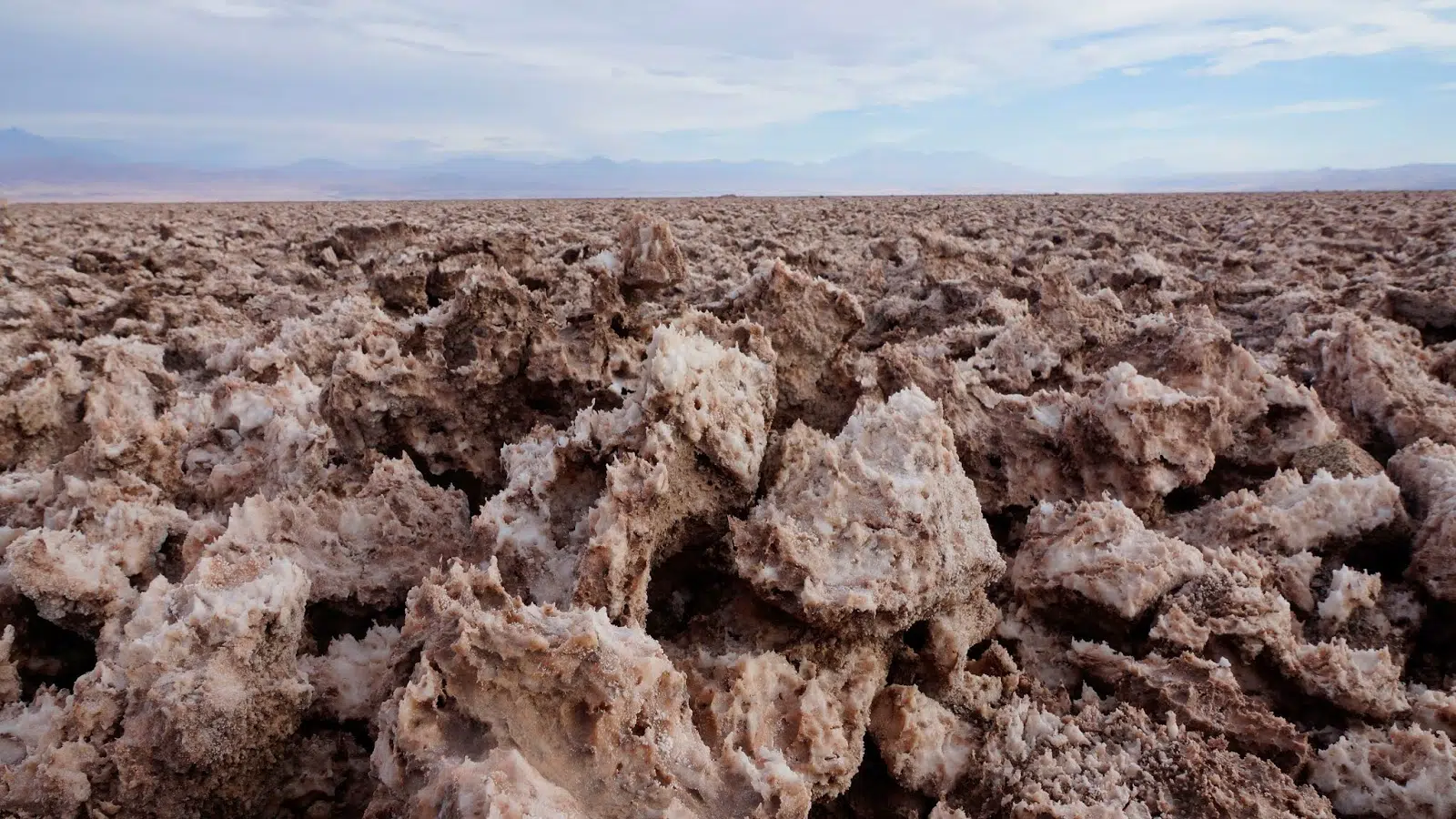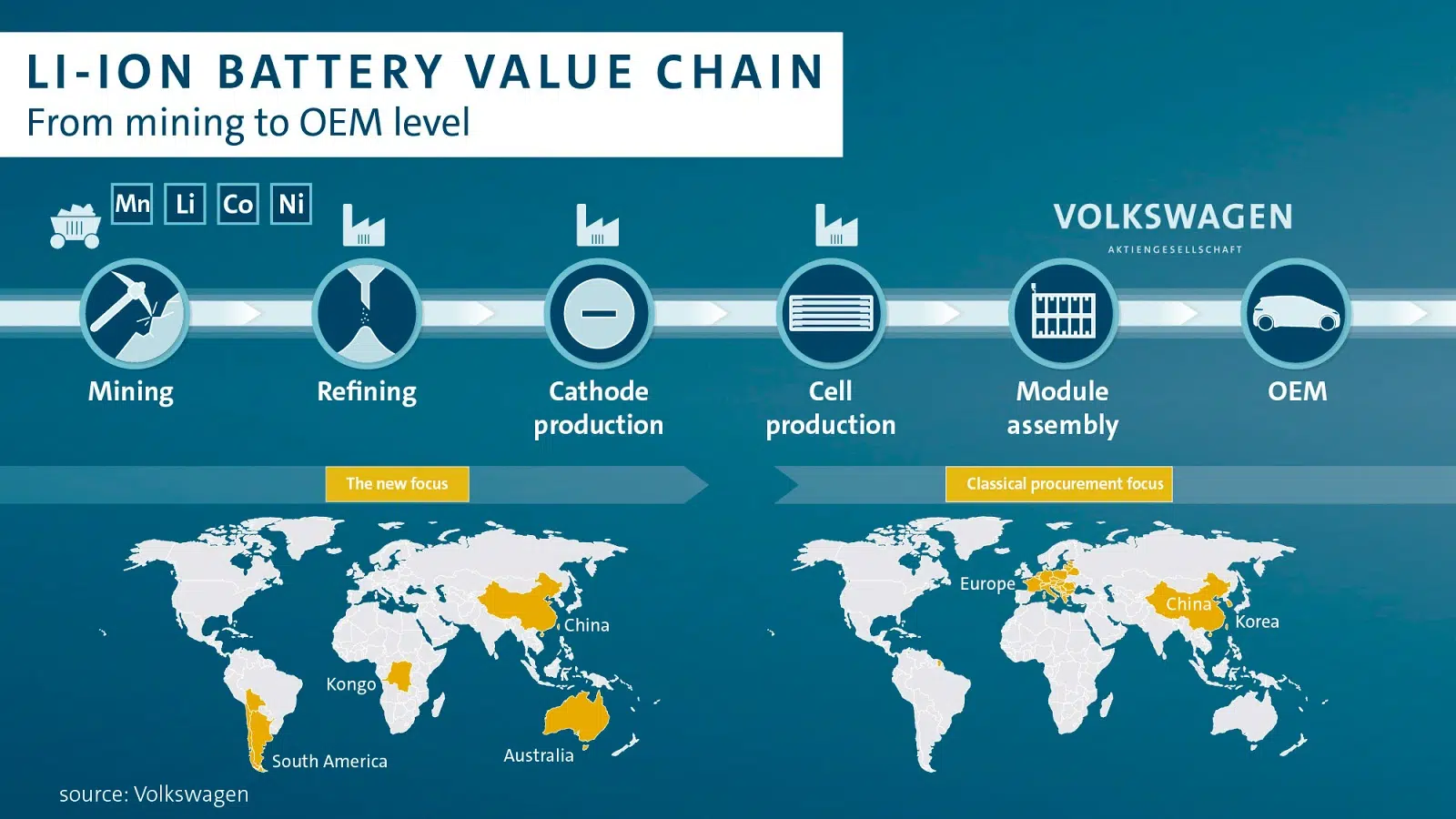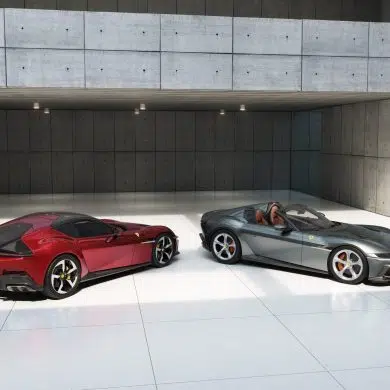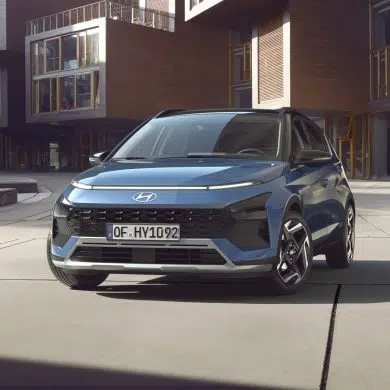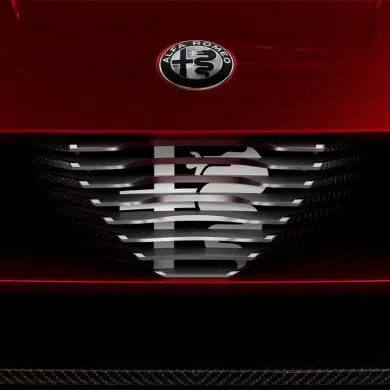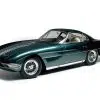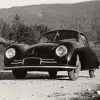The electric
cars are slowly becoming part of our everyday life and, although the
their penetration in Greece is still small, they are perhaps the most pressing issue in the
subject of discussion among motoring enthusiasts. The autonomy that
ensure their batteries remain the key criterion that will lead to the
their wide dissemination. Along with their proliferation, the extraction of lithium, an "unknown" mineral, which, as we shall see, is not so unknown. Volkswagen's battery development manager answers some of the most common questions we have about lithium and electric car batteries in a short Q&A
What is lithium, how much do we need and where is it used today?
The
lithium is an alkali metal, the global market for which is growing with
fast. Only between 2008 and 2018, the annual quantity in the largest
its production countries increased from 25 400 to 85 000 tonnes. An important
factor of the increased demand is its use in the batteries of
electric vehicles. However, this is not the first time lithium has appeared so massively in our lives,
since it has been used for years in the batteries of laptops and
mobile phones, and the glass and ceramics industry.
From
which countries is lithium available?
With 8 million tonnes, Chile has the largest known reserves
lithium in the world, which puts it ahead of Australia (2.7 million
tonnes), Argentina (2 million tonnes) and China (1 million tonnes).
In Europe, Portugal has smaller quantities of the valuable raw material
matter. Total global reserves are estimated at 14 million tonnes. This
corresponds to 165 times the production volume of 2018.
Where is the largest lithium mining taking place?
With 51,000 tonnes in 2018, Australia was by far the most important
lithium supplier - ahead of Chile (16,000 tonnes), China (8,000 tonnes)
and Argentina (6 200 tonnes). This can be seen from the data of USGS (United States Geological Survey). The
above four countries have dominated the market for many years, while the
Australia has gained a clear lead over Chile in recent years.
How much
do the mining methods differ?
Australia's lithium comes from mining ore, while
in Chile and Argentina from salt deserts, called salars in English. Read more
famous of these deserts is the famousAtacama. The extraction of raw material from the deserts is done
as follows: salt water from groundwater lakes containing lithium is brought to the
surface and evaporates in large cavities (salt pans). In the saline solution
remaining, it is processed in several stages up to the
when lithium is suitable for use in batteries.
It is
lithium mining in the crosshairs and if so, why?
lithium mining in the crosshairs and if so, why?
There are some critical reports of lithium mining by the
salt deserts. In some areas, locals complain about the
increasing drought, which for example threatens livestock farming or leads to
the destruction of vegetation. From the experts' point of view it is not yet clear
to what extent drought is related to lithium mining. The fact that it is not required
drinking water for lithium production itself is something that is not
disputed. What is disputed, on the other hand, is the degree to which
in which the extraction of salt water leads to an influx of fresh water and therefore
affects groundwater at the edge of the salt deserts. The underground water flows
in the desert Atacama of
Chile, for example, that could lead to firm conclusions,
have not yet been adequately investigated. It should be noted that in addition to mining
lithium, possible factors affecting the microclimate are copper mining,
tourism, agriculture and climate change.
How
does Volkswagen get the lithium it needs?
Η Volkswagen
works closely with battery suppliers to ensure the use of batteries
sustainable lithium mining in the supply chain. Last year, the Volkswagen
completed an initial Memorandum of Understanding (Memorandum of Understanding) with the Chinese company Ganfeng, a lithium supplier.
Η Ganfeng obtains its raw material, among other things, from various mines in Australia.
In its electric models Volkswagen lithium from Chile is also used.
How
is Volkswagen dealing with the criticisms about lithium mining?
Η Volkswagen does its own research to gain its own knowledge and
an informed opinion on water supply in the desert Atacama in Chile,
with the support of independent experts. Also, all suppliers of the Volkswagen
are required under the contracts signed to maintain a high level of
environmental and social standards. This also applies to suppliers
lithium. The aim is to ensure a sustainable supply of all raw materials
υλών. For this purpose, the Volkswagen also participates in organisations such as the Responsible Minerals Initiative (Responsible Minerals Initiative) and the
The World Economic Forum's Global Battery Alliance (World Economic Forum's Global Battery Alliance).
Ποιες
είναι οι μακροπρόθεσμες προοπτικές για τη ζήτηση λιθίου;
είναι οι μακροπρόθεσμες προοπτικές για τη ζήτηση λιθίου;
Ο αριθμός των ηλεκτρικών αυτοκινήτων αναμένεται να αυξηθεί σημαντικά –
με αναμενόμενη θετική επίδραση στην προστασία του περιβάλλοντος. Το Group Volkswagen σκοπεύει
να διαθέσει μέχρι το 2029 περίπου 26 εκατομμύρια πλήρως ηλεκτρικά οχήματα. «Η
πρώτη ύλη παραμένει μακροπρόθεσμα σημαντική», λέει ο βραβευμένος με βραβείο
Νόμπελ Μ. Stanley Wittingham, ο
οποίος θεωρείται ότι έβαλε τα επιστημονικά θεμέλια για τις μπαταρίες που
χρησιμοποιούνται σήμερα. «Το αναγκαίο συστατικό για υψηλής αυτονομίας μπαταρίες
θα είναι το λίθιο για τα επόμενα 10-20 χρόνια», συνεχίζει. Μακροπρόθεσμα,
μεγάλο μέρος των χρησιμοποιούμενων πρώτων υλών θα ανακυκλωθεί – κάτι που θα
μειώσει την ανάγκη για “νέο” λίθιο. Ωστόσο, αυτό είναι κάτι που
αναμένεται να γίνει αισθητό μετά το 2030, όταν δηλαδή οι ήδη χρησιμοποιημένες
μπαταρίες θα αρχίσουν να επιστρέφονται σε μεγάλες ποσότητες.


